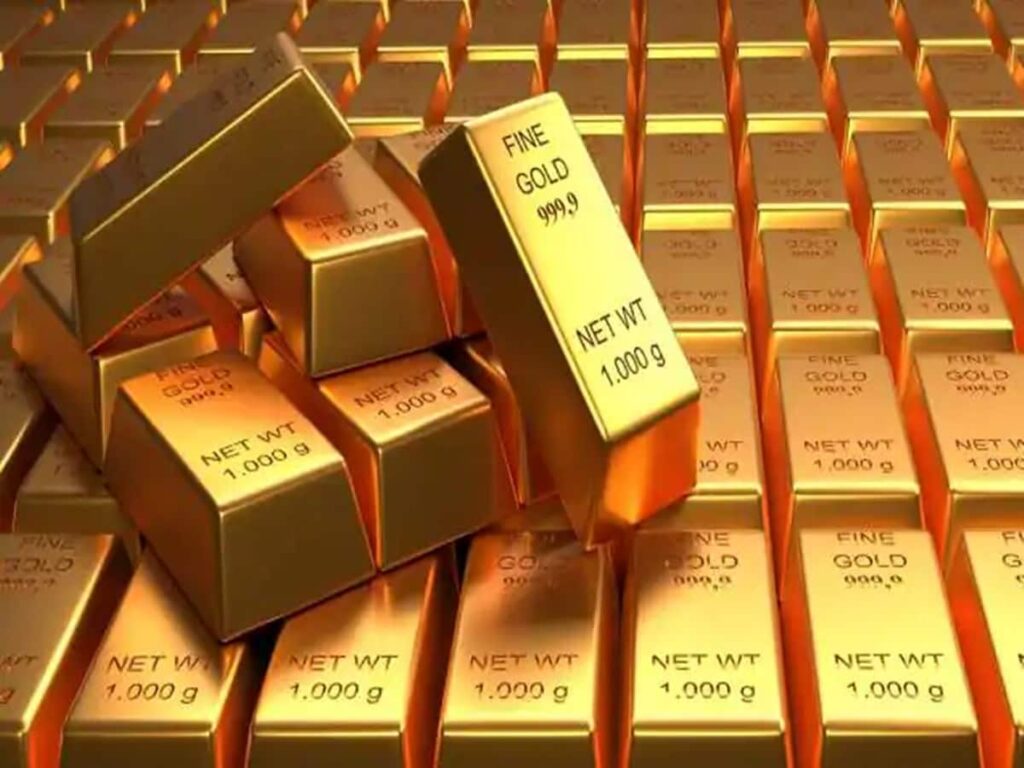Gold and silver prices are constantly influenced by a variety of factors, making them a critical consideration for investors. Recently, analysts have indicated that while gold may experience minor corrections, its underlying strength as an investment remains intact. Kunal Shah from Nirmal Bang Securities believes that the continuous bullish trend in gold prices can be attributed to the alignment of geopolitical and economic factors. This article delves into the current market trends, influences affecting gold and silver prices, and predictions for the foreseeable future.
Current Market Trends for Gold and Silver
As of now, both gold and silver are navigating a volatile market, with prices impacted by inflation concerns, changes in interest rates, and global political dynamics. The following table illustrates the recent price trends for both metals:
| Metal | Current Price (USD) | Price Change (24h) | Price Change (1 Week) |
|---|---|---|---|
| Gold | 1,850 | -0.45% | +1.75% |
| Silver | 24.50 | -0.30% | +2.10% |
Factors Influencing Gold and Silver Prices
1. Economic Indicators
The performance of the global economy plays a significant role in influencing the prices of precious metals. Key economic indicators, such as inflation rates, unemployment figures, and GDP growth, can lead investors to seek refuge in gold and silver during times of uncertainty.
2. Geopolitical Tensions
Gold is often viewed as a safe-haven asset during geopolitical tensions. Events such as trade wars, military conflicts, and political instability can boost demand for gold as investors look for security in their investments.
3. Interest Rates
Interest rates have a direct impact on gold and silver prices. Lower interest rates typically lead to higher demand for gold because the opportunity cost of holding non-yielding assets declines. Conversely, rising interest rates can result in decreased demand.
Long-Term Outlook for Gold and Silver
The long-term outlook for gold and silver remains optimistic. Analysts predict that as economic uncertainties continue and inflation persists, both metals will likely see an upward trajectory. Factors such as increasing industrial demand for silver and gold’s historical performance as a hedge against inflation reinforce this outlook.
Investment Strategies for Precious Metals
1. Diversification
Investors are advised to consider diversifying their portfolios by integrating gold and silver as a hedge against volatility in other asset classes.
2. Dollar-Cost Averaging
Implementing a dollar-cost averaging strategy can mitigate risks associated with price fluctuations. By investing a fixed amount regularly, investors can benefit from price averaging over time.
Conclusion
In conclusion, while minor corrections in the prices of gold and silver may occur, their overall strength as investment assets remains robust. Driven by geopolitical and economic factors, the long-term outlook continues to be favorable. Investors should stay informed and consider strategic approaches to capitalize on the movements within these precious metals. As the landscape evolves, remaining adaptable and knowledgeable will be key to successful investing in gold and silver.
